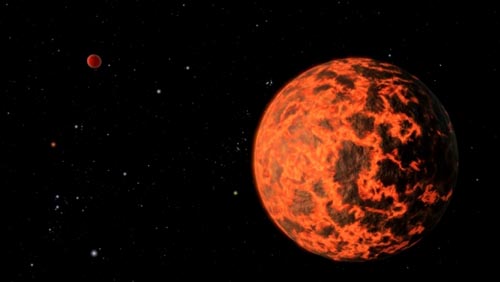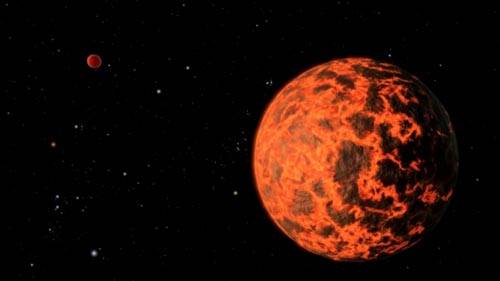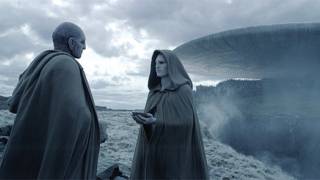Rare Stellar Alignment Gives NASA The Opportunity To Search For Alien Planets
Source: hngn.com

NASA announced that a rare stellar alignment has opened two opportunities for its Hubble Space Telescope to look for alien planets near red dwarf Proxima Centauri in the next few years.
NASA has always been excited about finding new Earth-sized, alien planets and a recent occurrence presented the space agency with a golden opportunity to discover such planets.
According to a press release from NASA, a rare stellar alignment has opened up two opportunities for its Hubble Space Telescope to look for alien planets near red dwarf Proxima Centauri in the next few years. The two occasions will come October 2014 and February 2016.
Proxima Centauri is the star closest to Earth and during the above mentioned periods, the star will move in front of two other stars. This has been predicted using dates from NASA’s Hubble Space Telescope.
"Proxima Centauri’s trajectory offers a most interesting opportunity because of its extremely close passage to the two stars," said Kailash Sahu, an astronomer with the Space Science Telescope Institute in Baltimore. Md. Sahu leads a team of scientists whose work he presented Monday at the 222nd meeting of American Astronomical Society in Indianapolis.
According to Northwestern College, though red dwarfs make up for more than 50 percent of stars in the Milky way, not one of them is visible to the naked eye in the northern hemisphere. Previously, scientists have tried looking for planets around the Proxima Centauri but have not been successful. However, scientists are hopeful that this rare stellar alignment will give them the opportunity to spot smaller terrestrial planets, if they exist, by looking for microlensing effects.
According to the Encyclopedia of Astronomy and Astrophysics, "Microlensing refers to the special case of gravitational lensing where the multiple images produced are too close together on the sky to be observed as separate images. However, the lensing can still be detected because these multiple images appear as a single object of increased apparent brightness."
[...]
Read the full article at: hngn.com






















